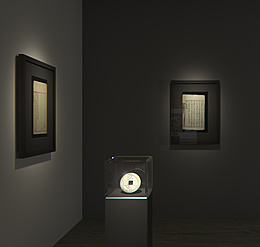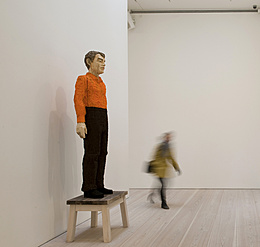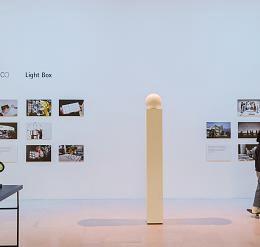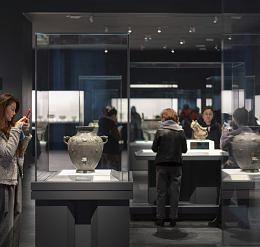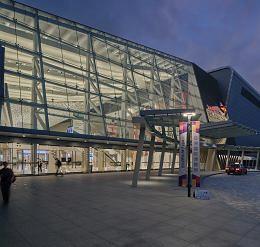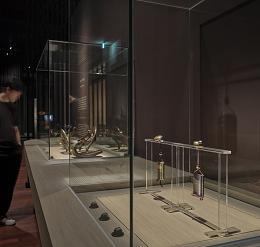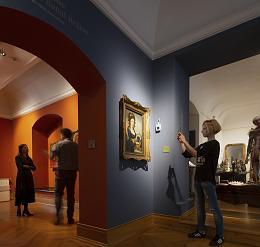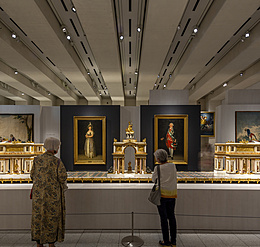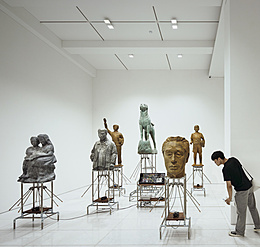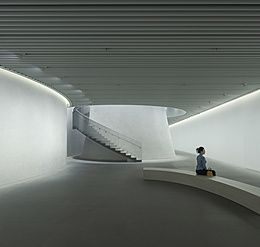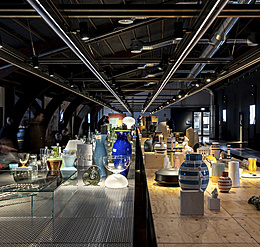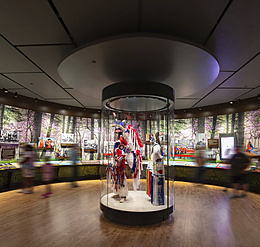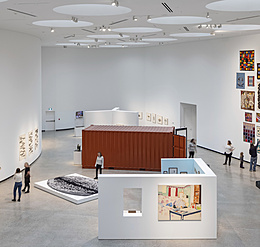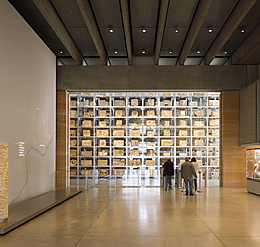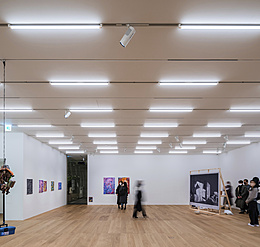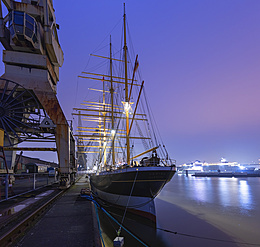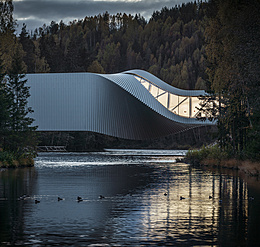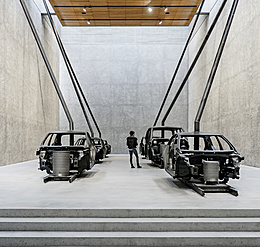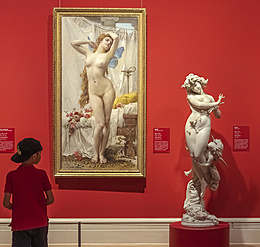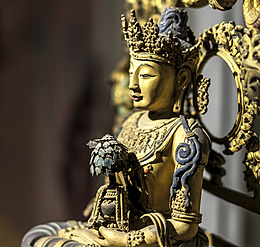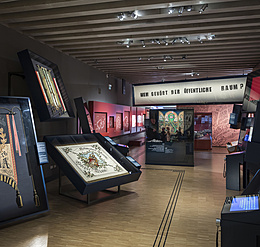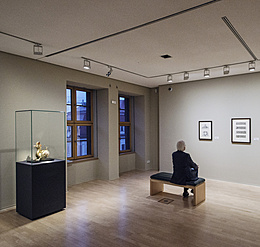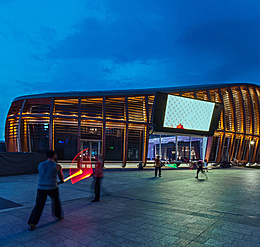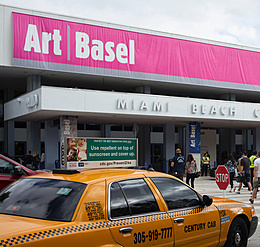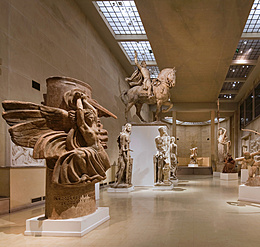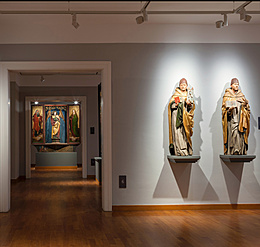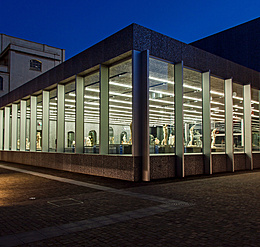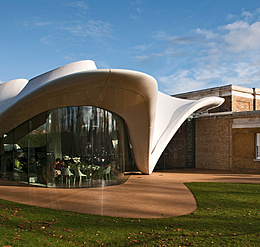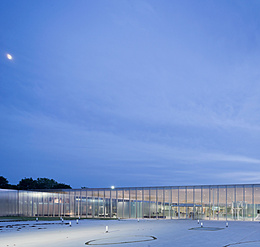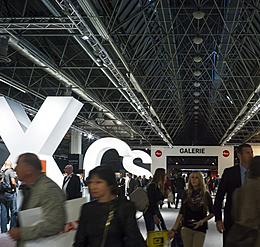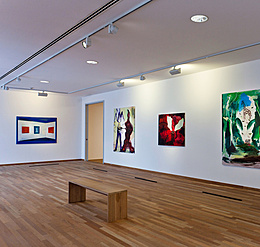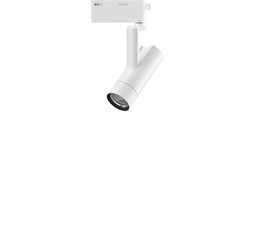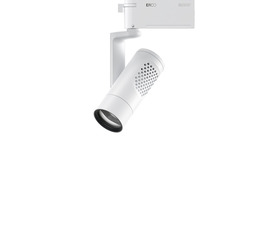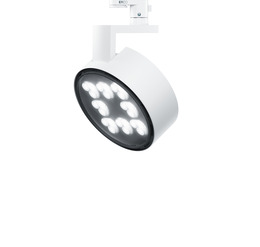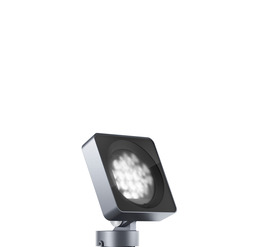Collecting, conserving, researching and exhibiting – these keystones of museum activities were established more than 200 years ago as part of the European Enlightenment and characterise work in public museums, galleries and private collections up to the current day. Each of these individual spheres of work are now provided with suitable lighting thanks to the possibilities of high-quality LED lighting, without having to compromise in terms of visual experience and the conservation of art. Design possibilities with light in museums and galleries are however not only limited to the display of art. We show you how light is able to upgrade exhibition spaces to become qualitative cultural brands – ranging from the exhibition and sculpture garden to the shop and café.
Other topics
Contact
Contact
myERCO
myERCO
Your free myERCO account allows you to mark items, create product lists for your projects and request quotes. You also have continuous access to all ERCO media in the download area.
LoginDownloads
Downloads
Technical environment
Technical environment
Standard for USA/Canada 120V/60Hz, 277V/60Hz
- 中文
- 日本語
- 한국어
Our contents are shown to you in English. Product data is displayed for a technical region using 220V-240V/50Hz-60Hz.
More user friendliness for you
ERCO wants to offer you the best possible service. This website stores cookies for this purpose. By continuing to use this website, you consent to the use of cookies. For more information, please read our privacy policy. If you click on "Do not agree", essential cookies will continue to be set. Certain contents of external pages can no longer be displayed.
{{ tu_banner_headline }}
tu_banner_copy




